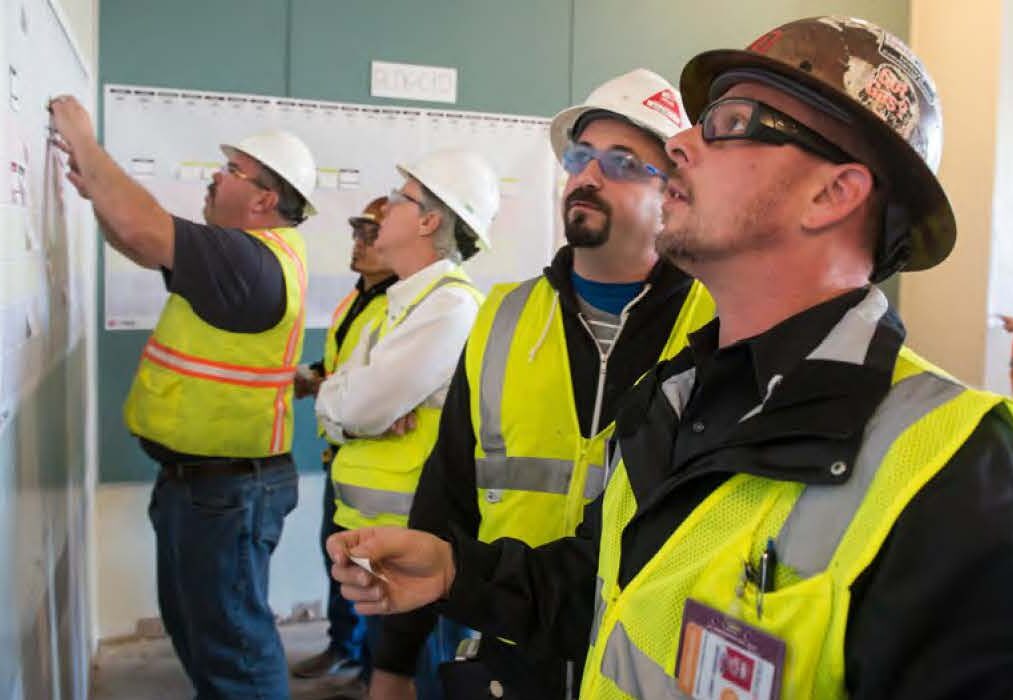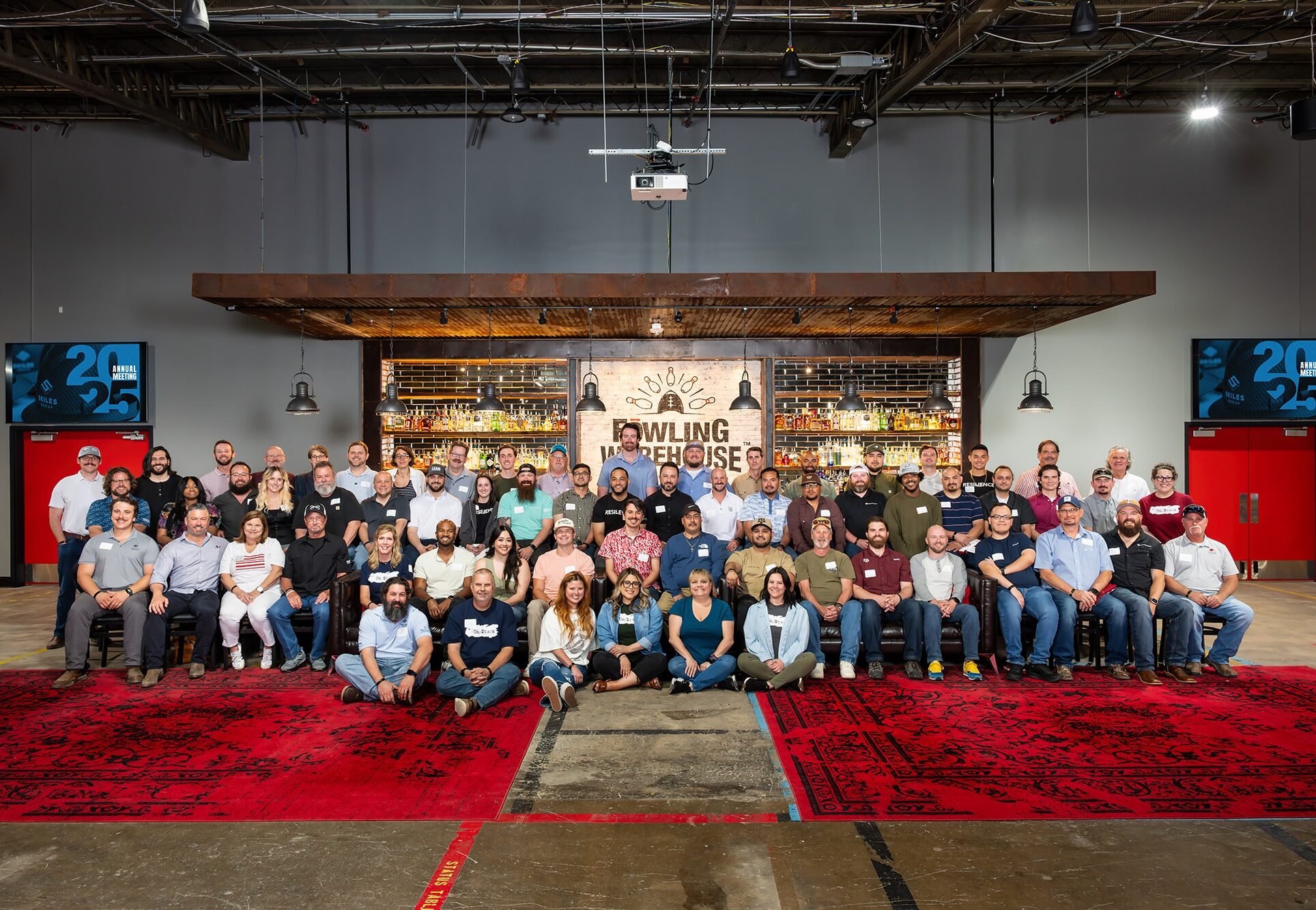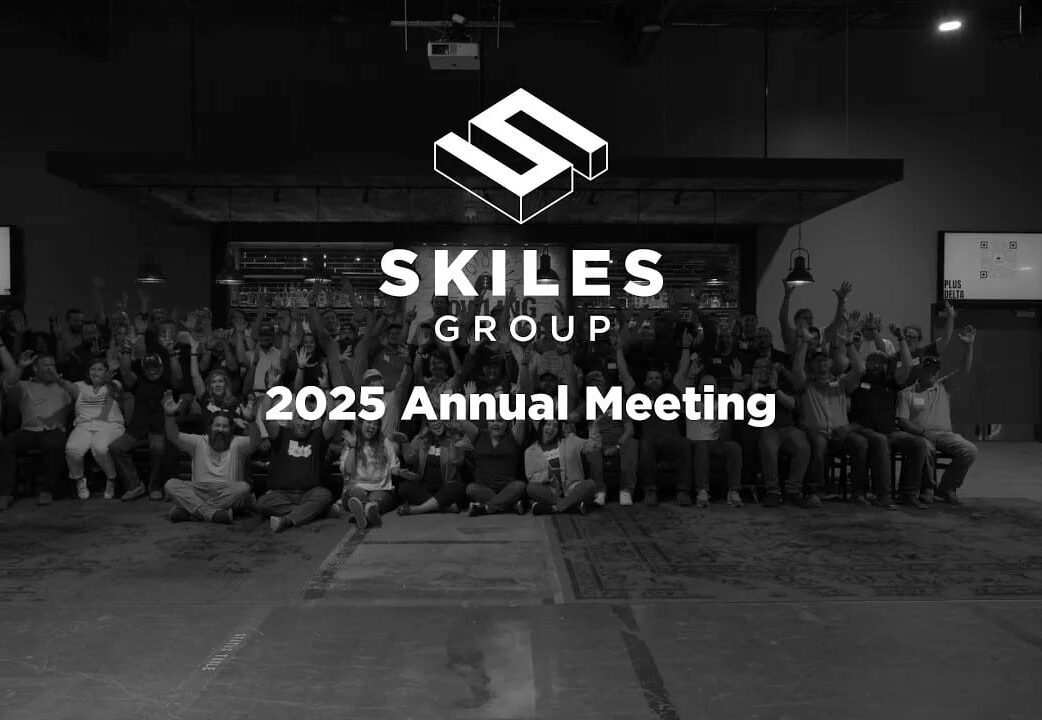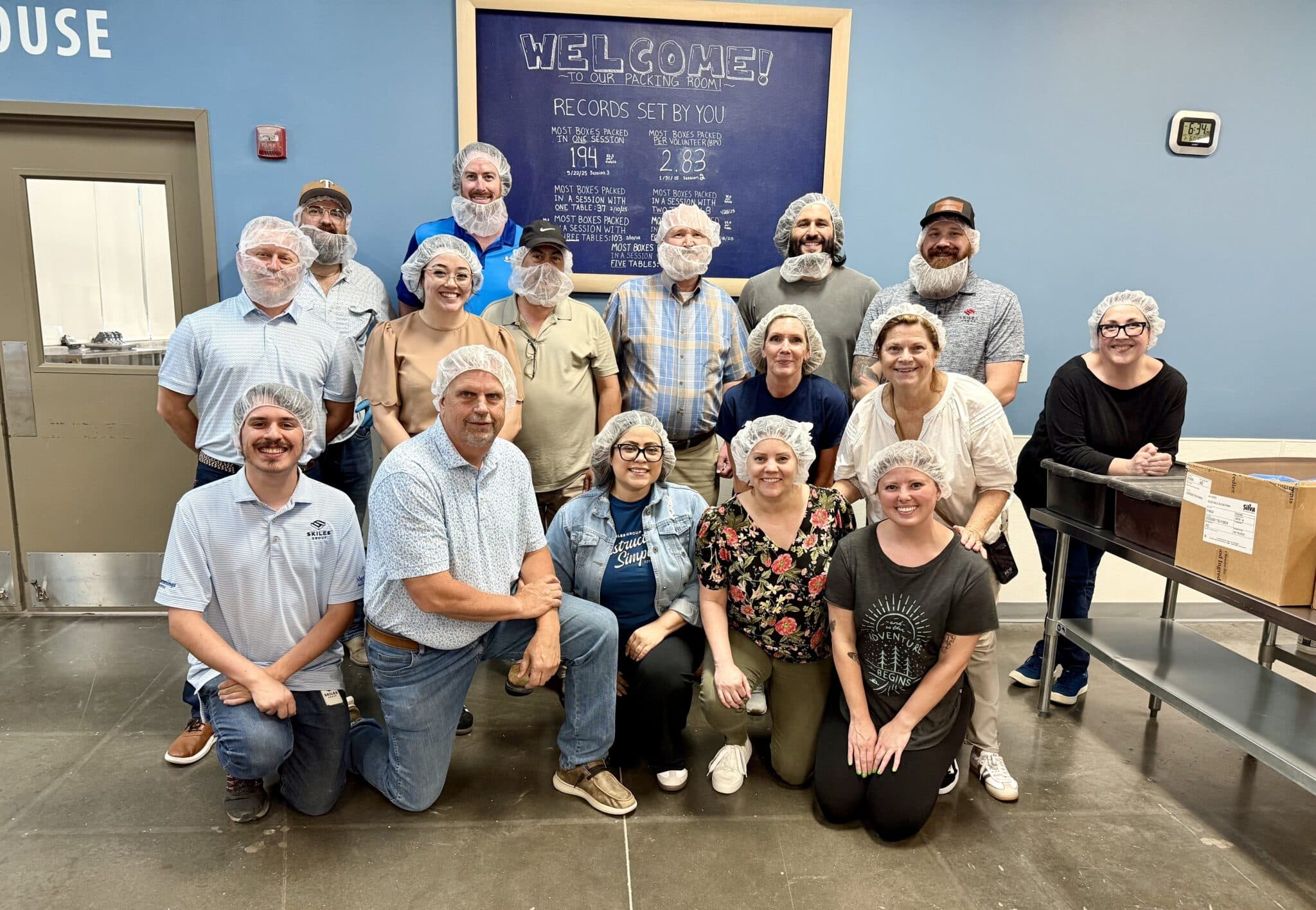We were excited to participate in the 20th LCI Congress in Orlando two weeks ago! A handful of our staff attended, and Keyan Zandy (COO) shared the stage with Methodist Health System’s Jeff Schroder (AVP, PDC) to present “From the Roots: Growing a Holistic Project Team with Lean Tools.”
“From the Roots” tells the story of how Lean thinking and Lean tools were deployed in the selection process and early team-building efforts on the vertical expansion project at Methodist Richardson. Their presentation included the positive impact that resulted from these decisions, and which metrics serve as proof of success on this progressive approach to a construction project. Last week, Jeff and Keyan sat down together to discuss their experiences and thoughts on the Congress.
Q: What did you enjoy most about the Congress?
Jeff: The networking aspect is good, and I noticed that I saw more owners at this Congress than at others I have attended. It’s great to be with other like-minded owners and getting to know the ones that are just beginning their Lean journey. The conversations we had were very encouraging because I can see how my peers understand Lean and see value in it. We discussed some great ideas for approaching the C-suite regarding implementation on our projects, and to articulate the value of collaborative teams. That was great perspective for me.
Keyan: This was my 8th Congress to attend, and my 5th as a speaker. What really stood out to me was how many people there are looking for better ways to do things – they’re open to new ideas, and they’re excited to improve their business. As a Lean enthusiast, you have your own Community of Practice, so you may have 40 or 50 people in your area who share your excitement for Lean, and there are a handful of individuals that you really get great energy from. But, when you’re in the “Mecca” of Lean, you can’t help but to walk away feeling really inspired.
I first started going to the Congress as a project engineer, and now I’m attending as a COO. I’ve always been a practitioner, but now I’m doing less and less of that than before. This year, we sent some of our younger team members, and these people are the next generation of Lean practitioners. It was fun for me to see their excitement for Lean and the way technology is being utilized, and to hear their feedback and ideas – it has made me feel very hopeful for where they are going to take things from here.
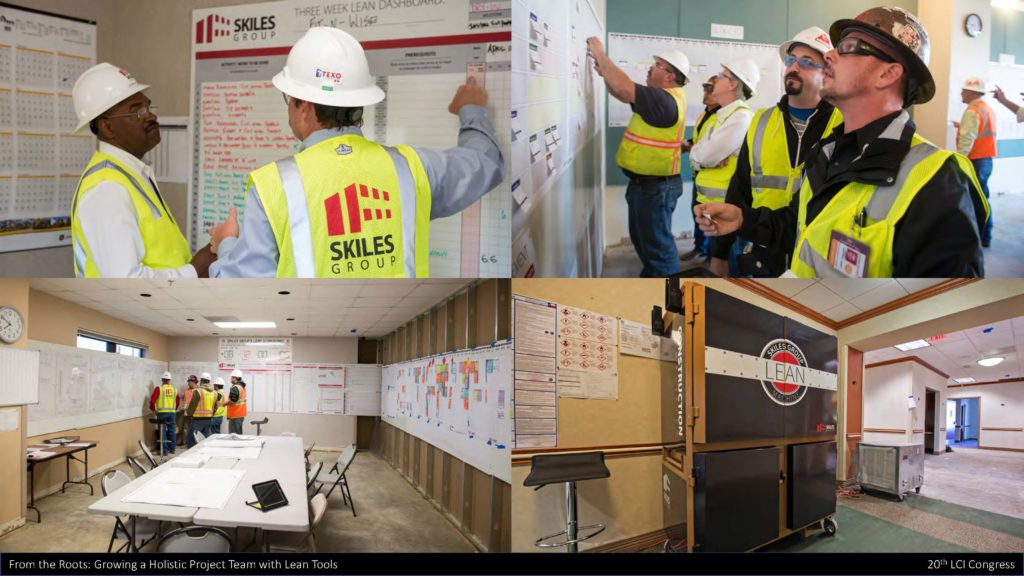
Q: What made you want to present on this specific topic at the Congress?
Jeff: We’ve seen results on how we’ve deployed projects, and I have the mindset of, “Why would you want to hold that back? If it works, why would you not share that with others to encourage them to try implementing Lean, and creating the right environment?”
Keyan: Our journey with Methodist Health System started with a $350K, 6-week project, and has grown into a project with a 7-story parking garage, a complex vertical expansion of an active hospital, with an $85M project budget. Two years ago Jeff and I presented on the topic of how we utilized Lean tools on some of those smaller Methodist projects, and here we are now presenting on the way we’re using Lean on our current work. In that short period of time, Skiles Group has grown and so has Methodist. I feel like we’ve been part of this journey together, and this was such a great opportunity to present with a client who “gets it” and who shares our goals for changing the industry.
Q: In “From the Roots” you shared a lot of ideas for changes that someone could make in the collaborative team-building process. If none of those things are currently being done, what advice would you offer to someone as their best first step?
Jeff: From the owner’s seat, with respect to shaping the environment, my advice is to be very intentional about having the team members spend time together. The most important thing is to quickly start building the relationships amongst your team. This is the beginning of developing and building trust. You accomplish this through alignment sessions and expectation-setting discussions, of course, but really it’s just about them getting to know one another. If I look back at what holds back a team, it’s a lack of trust and not knowing, “who is this person, and can I trust them to be by my side on this project?” There is no replacement for spending quality time face-to-face with each other to allow them to build this trust with one another.
Keyan: And from our perspective as a GC, my answer is that you don’t need to wait for a specific kind of contract to prioritize building a collaborative team. Regardless if you’re an owner, an architect, a GC, or a trade partner, building a team and being intentional with the way you communicate with people is up to you. If you look for ways to build relationships with the people you work with then communication is going to improve, trust is going to be built, and ultimately it will lead to a more successful project.
Q: Jeff, you used the phrase “mining for conflict” in the presentation. Can you elaborate on that?
Jeff: The importance of mining for conflict is that it removes excuses and passive-aggressive statements which typically are rooted in a real issue that needs to be resolved. If left unattended these statements can and will tear down the trust and environment the team has worked so hard to create. If you allow this to become part of the environment, then the team’s communication suffers, but worse than that it means you’re not digging in to find out where the problems really are and resolving them. So, when someone starts posturing or making snide remarks, we stop right where we are and talk about it. I want to find out where that’s coming from so we can fix it.
Q: With respect to the Congress itself as an event, in the spirit of “continuous improvement” are there any suggestions that you’d like to share?
Jeff: As both a presenter who is offering content and as an attendee who is there to gather it, when it comes to the quality of programming I can’t overstate the importance of being prepared. All of the presenters are volunteers who are busy with their real jobs, but the amount of time spent thinking through your program and practicing what you’re sharing really shows. Unfortunately, the content just gets lost if you’re not well-prepared to share it. Regardless of your level of comfort on stage or talent for public speaking, if you’re rehearsed and passionate about what you’re talking about, then you will present better.
Keyan: It’s so important that we figure out the best way to share all of our stories and ideas so we can continue to implement change, learn from each other, build upon those lessons learned, and evolve Lean together. There were some very good presentations, but there were also some that just weren’t so great. I’ve been thinking about ways to provide more consistency in quality for the programming, and an idea that I have is for each Community of Practice (COP) to produce 4-6 presentations each year, and then their members could choose the two or three that they consider to be their best. Those are the ones that get submitted for consideration to the Congress. This way, the Congress can be a showcase of “the best of the best” from all of the Communities of Practice from around the country. As an attendee, you have the benefit of knowing that these presentations are polished and have been vetted by that CoP’s members. I think implementing a change like this could take the Congress to the next level. We have to figure out the best way for us to share these stories, so we can get that improvement.
Click here to view the full presentation.
